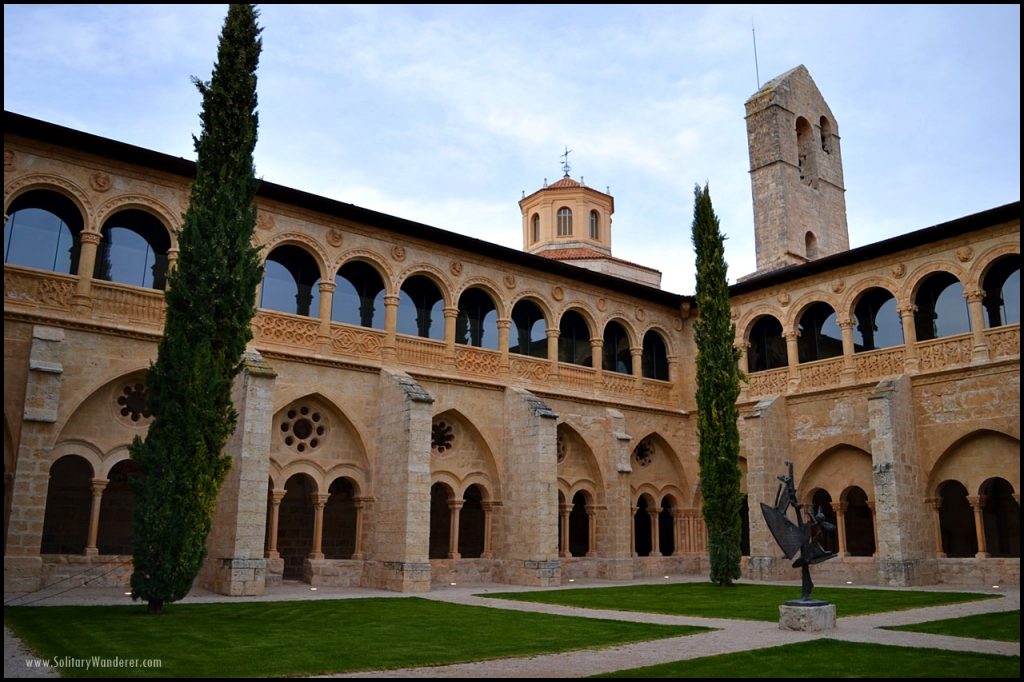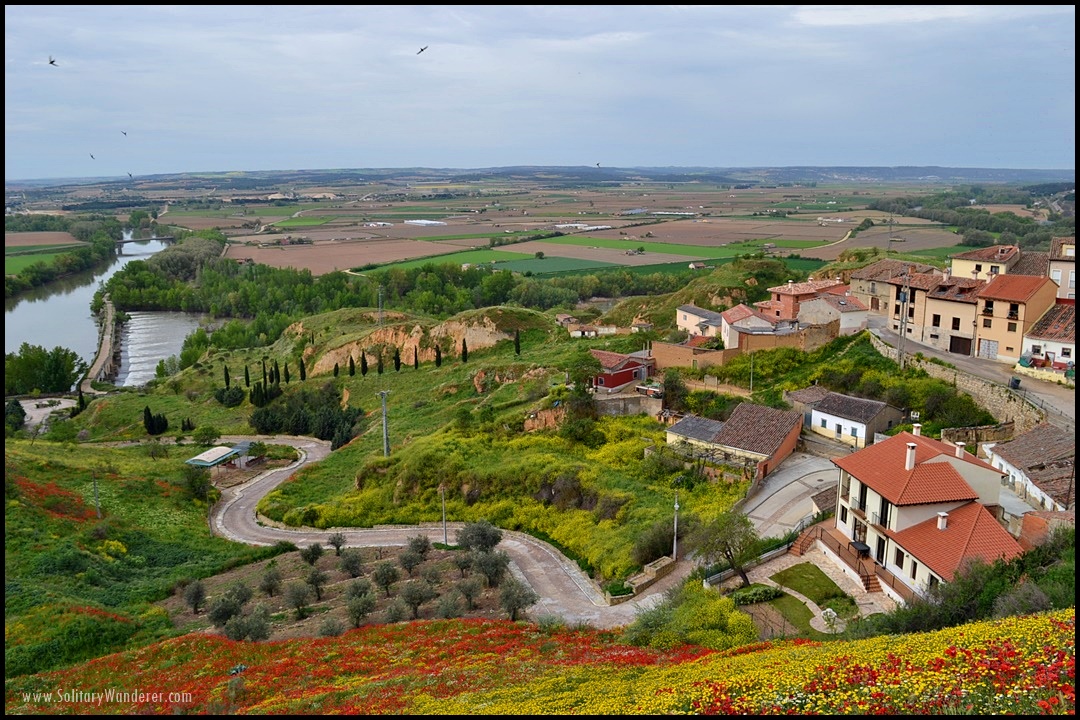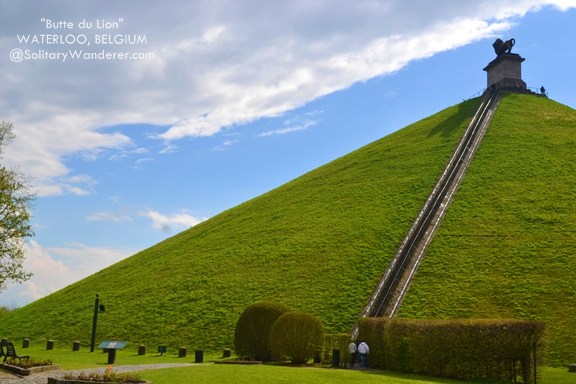
This website uses cookies so that we can provide you with the best user experience possible. Cookie information is stored in your browser and performs functions such as recognising you when you return to our website and helping our team to understand which sections of the website you find most interesting and useful.












9 Comments. Leave new
Hi Aleah,
Beautiful.
I saw a bit of this in Grenada, Nicaragua. More than a few converted, historic, Spanish style hotels and restaurants. So much flavor in these spots. Stepping back in time with modern day convenience.
Great combo 😉
Ryan
These hotels look like wonderful places to stay!!
Oh they are! I would highly recommend them, given their history and of course, comfort and convenience, since most of them are in excellent locations.
Staying in a parador is a big dream of mine! I always am sure to stop by and have a local wine or coffee since the buildings themselves are so impressive. I’ll be in Castilla y Leon this weekend, but staying with my old host family!
I’m so glad I had the opportunity to stay in these historic hotels. It’s a different experience. So envious you’ll be in CYL. I only spent 5 days there, definitely too short!
The historic hotel—don’t you feel scared? The halls look so old that they look haunted. Hehehe! But it would be a great experience staying in an establishment that has a big part in shaping a region’s culture and history.
I loved it there. Maybe they don’t believe in multo, I didn’t see or feel any 😀
I always love reading your blog. Thanks for sharing. 🙂 You inspire me to do the same. 🙂
Thank you! Safe travels!